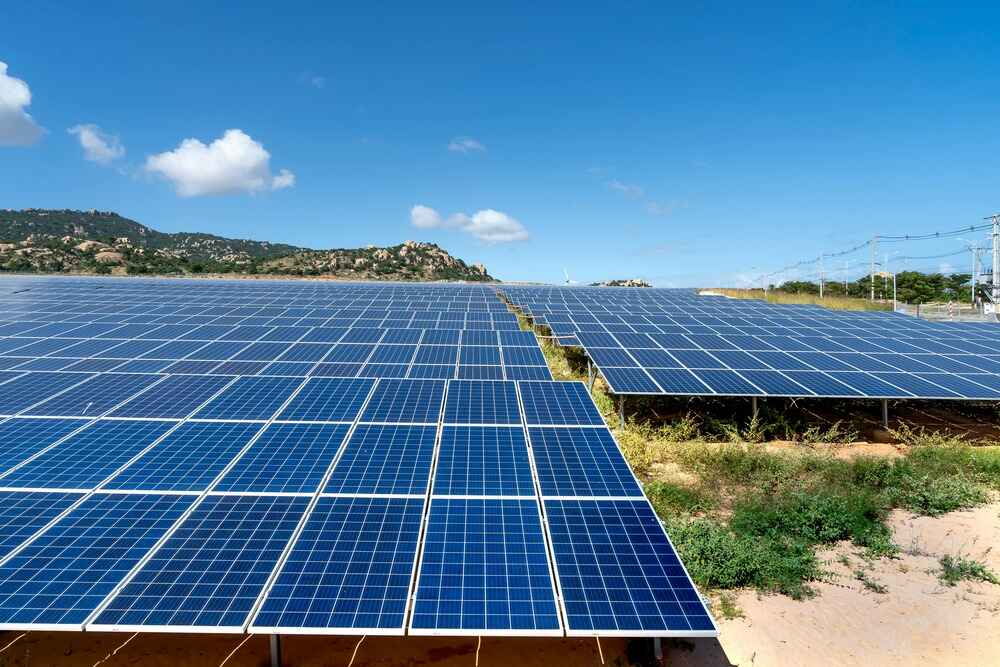
Table of Contents
-
- Introduction
- Why Solar Design Matters for ROI
- Optimizing System Size and Layout
- Integration with Building Infrastructure
- Using Advanced Design Tools for Accuracy
- Incentives and Rebates
- Reduced Operational Costs and Increased Property Value
- Conclusion
1.Introduction
For commercial property owners, solar power isn’t just a sustainability initiative — it’s a strategic financial investment. However, the true return on investment (ROI) from solar energy depends heavily on the quality and efficiency of the solar design. From energy generation to system placement, every design decision plays a critical role in determining long-term profitability.
2. Why Solar Design Matters for ROI
A well-designed solar system maximizes sunlight exposure, reduces energy losses, and ensures cost-effective performance over time. Poorly planned installations can lead to shading issues, inefficient energy output, or even maintenance challenges — all of which reduce ROI.
A professional solar design service ensures that panel orientation, roof structure, and energy demand are perfectly aligned for optimal results.
3. Optimizing System Size and Layout
System sizing is crucial. Oversized systems result in unnecessary capital expenditure, while undersized ones fail to meet energy needs. Through detailed energy audits and site analysis, design experts determine the right system size and layout to balance cost and performance — ensuring maximum savings over the system’s lifespan.
4. Integration with Building Infrastructure
Modern solar design considers electrical systems, load requirements, and architectural structure. This seamless integration reduces operational disruptions and future retrofitting costs. For commercial properties, integrating solar design into the building’s infrastructure leads to smoother operations and faster payback periods.
5. Using Advanced Design Tools for Accuracy
Today, designers use AI-driven software and simulation tools to model shading, energy production, and efficiency under real-world conditions. These tools allow for data-backed decisions that increase accuracy and system performance, directly improving ROI.
6. Incentives and Rebates
A strategic solar design can help property owners qualify for government incentives, tax credits, and renewable energy rebates. Accurate documentation and compliant designs are key to maximizing these benefits — further increasing the financial return from the project.
7. Reduced Operational Costs and Increased Property Value
High-performing solar systems significantly lower electricity bills for commercial buildings, freeing up capital for other investments. Moreover, properties equipped with efficient solar systems have higher market value and stronger appeal to eco-conscious tenants and investors.
Conclusion
In the commercial energy landscape, the success of a solar investment depends on the design behind it. A thoughtful, data-driven design not only maximizes energy output but also enhances ROI, property value, and sustainability goals.
At Southvine Energy, we specialize in creating precise, cost-efficient, and permit-compliant solar designs tailored to commercial properties — helping businesses generate more savings and lead in the green energy revolution.
FAQ
1. How does solar system design impact ROI for commercial properties?
A well-engineered solar design improves ROI by maximizing energy production, reducing utility costs, and ensuring system efficiency throughout its lifespan.
2. What design factors influence the performance of a commercial solar system?
Roof layout, shading analysis, inverter selection, tilt angle, structural load capacity, and system size all directly affect performance and long-term savings.
3. Can optimized solar design reduce project installation costs?
Yes. Precise design minimizes material wastage, identifies the ideal equipment layout, and prevents costly rework during installation, increasing overall ROI.
4. How do shading and site assessments increase solar ROI?
Accurate site assessments and shading analysis ensure maximum sunlight exposure, improving energy yield and helping commercial properties achieve higher returns.
5. Why should commercial properties hire a professional solar design company?
Professional designers create AHJ-compliant, efficient, and safe systems that produce higher output, reduce delays, and ensure the fastest payback period possible.


